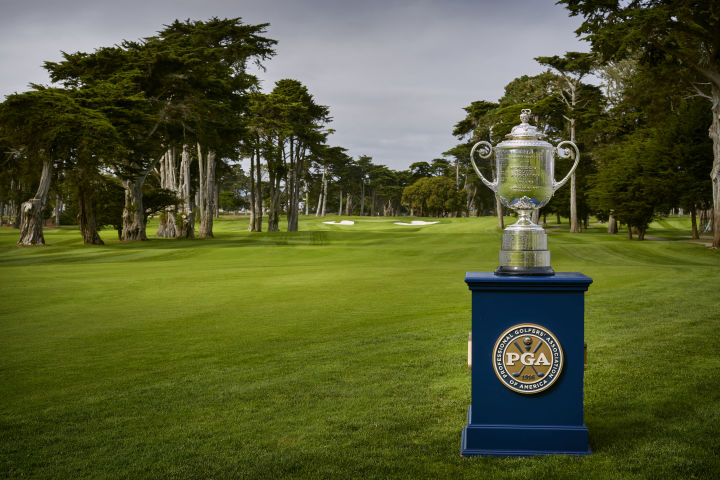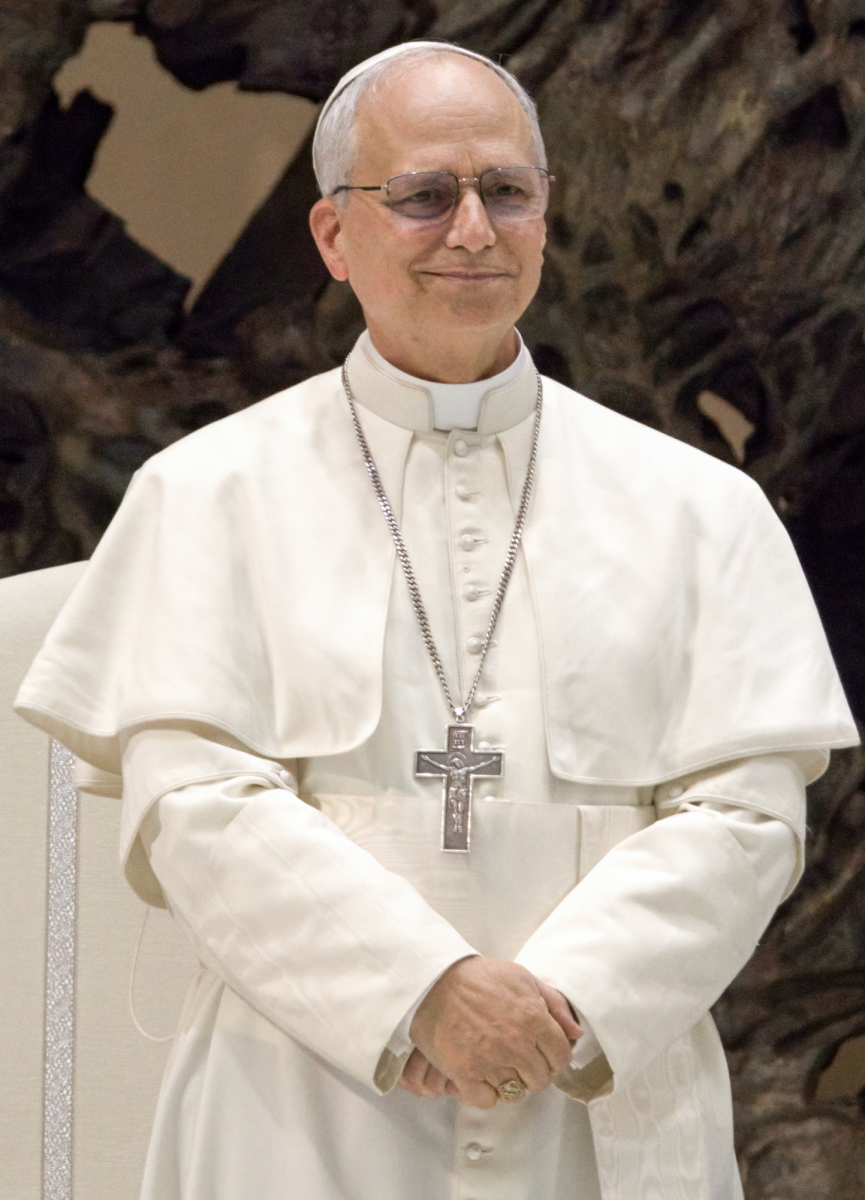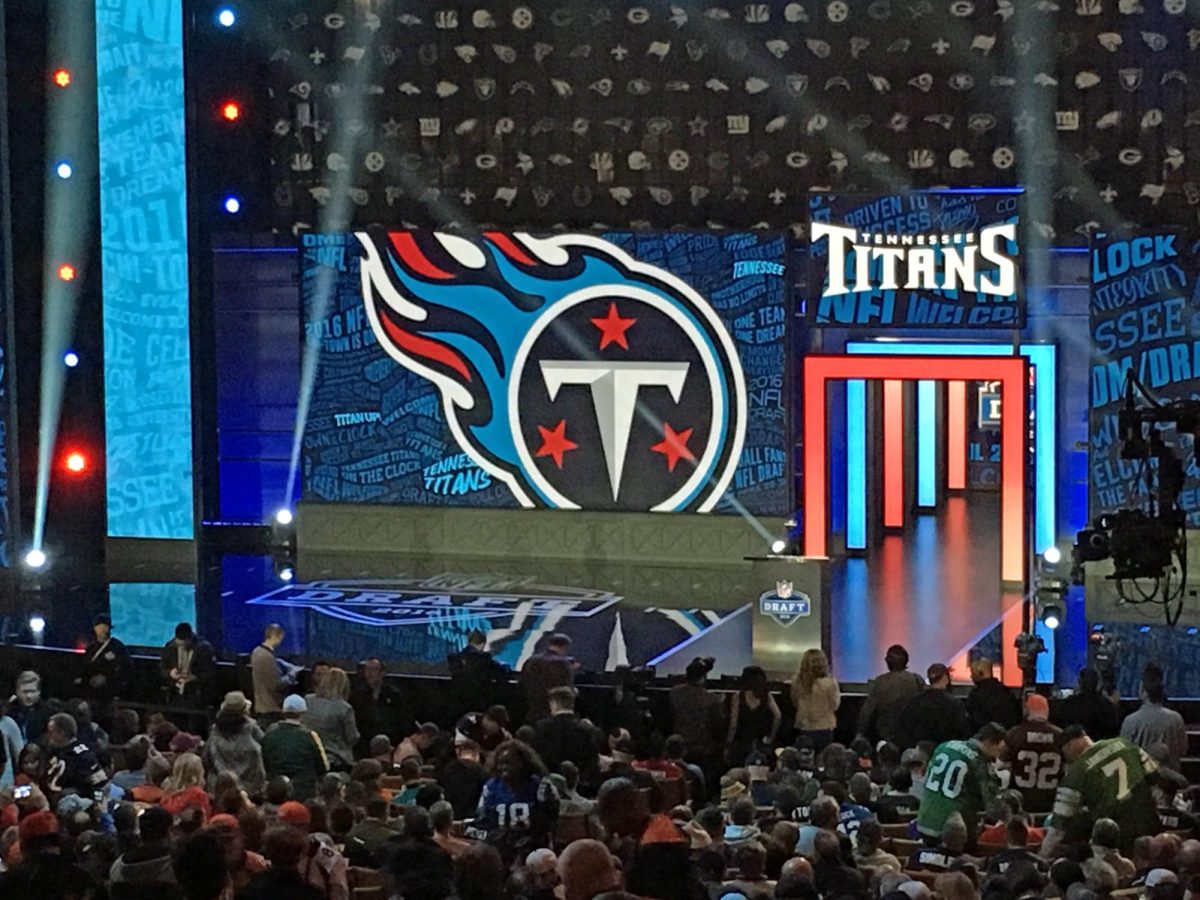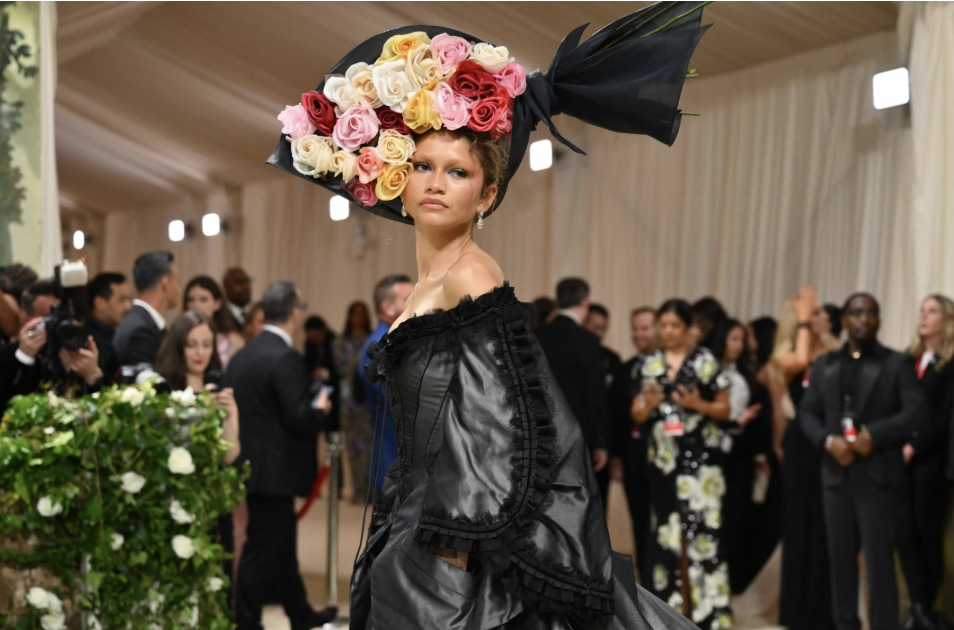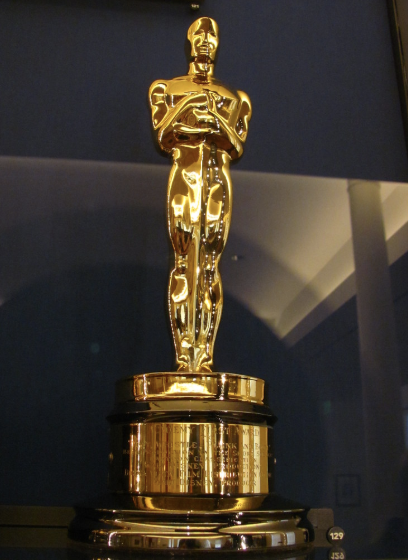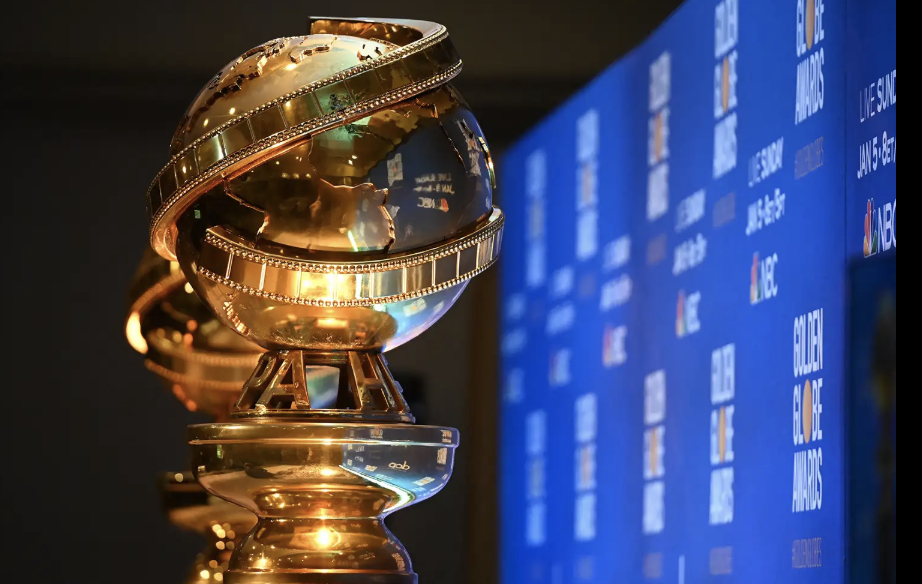The XFL – An Extension to Football Season

February 25, 2020
The Super Bowl, the pinnacle game of the NFL, is a spectacular end to the football season. But after the “Big Game”, football fans are usually forced to go into hibernation until the NFL Draft in April. However, this year is different, thanks to Vince McMahon and his newly resurrected XFL.
The first iteration of the XFL originated in 2001 but only lasted one season. It was immediately clear to viewers that the league’s ties to professional wrestling influenced the style of football being played; the XFL was created by WWE owner Vince McMahon. As a result, neither fans nor the players took it very seriously. Las Vegas Outlaws running back Rod Smart famously wore a jersey with the nameplate “He Hate Me.” Moreover, after week two of the season when Dwyane “The Rock” Johnson gave a pregame introduction to the fans, it was clear that the league was just a puppet of the WWE – just a way to further wrestling’s story lines. That same week, the power went out during the Saturday night prime time game, proving the XFL was severely under-prepared. Consequently, the delayed game cut into the time slot for “Saturday Night Live” on NBC, leading to the XFL to receive major backlash from angry viewers. Despite the league’s high ratings during the first week of its existence (14 million—ESPN), it quickly nosedived. In week two, it received 4.6 million viewers (ESPN) and never reached that benchmark again. In the end, the league lost a total of $35 million (ABC News).
Another major problem for the original XFL was the safety concern. In the NFL, a coin-flip precedes every game to determine who gets possession of the ball first. However, the XFL was less civilized. Instead, two men—one from each team—would race to the 50 yard line to grab the football in what was called the “scramble:” the player getting it would get to choose possession. This had devastating consequences. Al Lungbil, head coach of the LA Extreme, remarked that “60% of those guys that went in the first two weeks were hurt with serious injuries” (XFL News Hub). Obviously, with new concerns over concussions and CTE, this would never fly in today’s game. However, the XFL was willing to put its players in jeopardy; little did McMahon realize, the XFL was putting itself in financial jeopardy.
The new XFL has seemed to learn from its short stint in the early 2000’s. The eight teams sport professional uniforms and there is a much greater sense of professionalism in the games. The league terminated the “scramble,” replacing it with creative rules to differentiate itself from the NFL. First, the fan is much more involved in the game. When watching the game on television, fans can get access to a plethora of in-game interviews, and they can even hear the plays that the offense calls.
Furthermore, a team can receive up to nine points in one possession, rather than the possible eight found in the NFL and NCAAF. Instead of kicking a PAT, the XFL forces teams choose how many points they want to try to add on after the touchdown. As they get farther from the goal line, the number of points they can receive increases. So, the offense can choose to run a play at the 2, 5, or 10-yard lines, and a successful attempt would reward them 1, 2, and 3 points respectively.
In addition, kickoffs have been completely revamped for the better. In regular NFL football, the kicker kicks the ball from his own 35 yard line and the players on the kicking team run at a full sprint to meet the returner. This is a dangerous practice, as guys with that size and momentum could easily injure opposing players. In the XFL, however, “gunners” – the players who sprint after the returner – are lined up only 15 yards from the returner rather than the usual 70. This not only adds to the safety element of the game but also eliminates the excessive “touch-backs” that often plague the NFL and NCAAF. Finally, if the offense completes a pass behind the line of scrimmage, they can throw a second forward pass, even if the first pass was forward. This opens up the playbook for offenses and forces the defense to adapt to a more versatile opposing offense.
So far, the XFL has seen relatively good success. The St. Louis Battlehawks are expecting over 28,000 fans for their home-opener, and other teams have received great support from their cities (NBC). While the TV ratings were slightly lower in Week Two than Week One, the league was competing with the Daytona 500, which undoubtedly stole viewers.
Only time can tell if the new XFL will be a success, but it has the potential to be a great outlet for fans who miss the NFL during this “football-less” time.

